
The Quantum Satellite was established in December 2011 and is one of the first batch of scientific experimental satellites for the space science pilot project of the Chinese Academy of Sciences. The main scientific goal is to carry out the quantum key distribution experiment of Xingdi high-speed, and carry out the wide-area quantum key network experiment on the basis of this, in order to make a major breakthrough in the practical application of space quantum communication; the second is to perform quantum entanglement on the spatial scale. Distribution and quantum teleportation experiments, verifying quantum mechanics theory at spatial scale.
The project also built a ground science application system including four quantum communication ground stations in Nanshan, Delingha, Xinglong and Lijiang and Ali Quan teleportation experimental station, and together with quantum satellites constitute a quantum science experimental system.
Pan Jianwei said that China's self-developed quantum satellites have broken through a series of key technologies, including high-precision follow-up, satellite polarization state and base vector correction, and on-board quantum entanglement sources. The successful launching and on-orbit operation of quantum satellites will help China maintain and expand its international leading position in the practical level of practical application of quantum communication technology, and realize the leap-forward improvement of national information security and information technology. It is expected to promote Chinese scientists in quantum science. A major breakthrough in the frontier field is of great significance for promoting the sustainable development of China's space science satellite series.
This mission is also equipped with the launch of the rare atmospheric science experimental satellite developed by the Chinese Academy of Sciences and the Spanish scientific experimental small satellite. After the quantum satellite launches into orbit, it will be tested in orbit for about 3 months and then transferred to the on-orbit phase.
The Quantum Satellite Engineering is under the responsibility of the National Space Science Center of the Chinese Academy of Sciences; the University of Science and Technology of China is responsible for the development of scientific objectives and the development of scientific application systems; the Shanghai Institute of Microsatellite Innovation of the Chinese Academy of Sciences is the master satellite system, and the Shanghai Institute of Technical Physics of the Chinese Academy of Sciences and the Chinese Academy of Sciences Develop a payload sub-system; the National Space Science Center of the Chinese Academy of Sciences is responsible for the development, construction and operation of the ground support system; the Earth Observation and Digital Earth Science Center and other units participated.
According to reports, the Long March II Ding carrier rocket was developed by Shanghai Aerospace Technology Research Institute of China Aerospace Science and Technology Corporation. The launch was the 234th flight of the Long March series of launch vehicles.
Recommended reading: Mozi No.! 5 things you need to know about quantum communication satellites
In the early morning of August 16, 2016, Jiuquan Satellite Launch Center, a long march No. 2 Ding carrier rocket spurted a shining flame, making a deafening roar, slowly rising from the launch tower, and immediately flying into the sky. This is the 29th launch of the Long March II Ding rocket. It is no different from the previous 28 launches, and successfully launched the artificial satellite it carried into the scheduled orbit.
The difference is that this is a "quantum communication satellite." what is this? What does it mean? There are 5 small things you need to know.
1. This is China's first and the world's first quantum satellite.
This is not to elaborate, you understand the meaning.
2. In the field of quantum communication, China has always been ahead of the world.
Before the Mozi was launched, China had already been at the forefront of quantum communication.
The Pan Jianwei team of the University of Science and Technology of China realized the first quantum secure communication network in the world in which all nodes are interoperable in Hefei. Later, the results were used to build a "quantum communication hotline" between the key nodes of the 60th National Day military parade.
However, the ultimate goal of developing quantum communication technology is to build an absolutely secure quantum communication network system in a wide area and even in the world. To build a quantum communication network covering the whole world, it is necessary to rely on multiple quantum communication satellites. The "Mozi" quantum science experimental satellite is the pathfinder of a series of quantum communication satellites in the future.
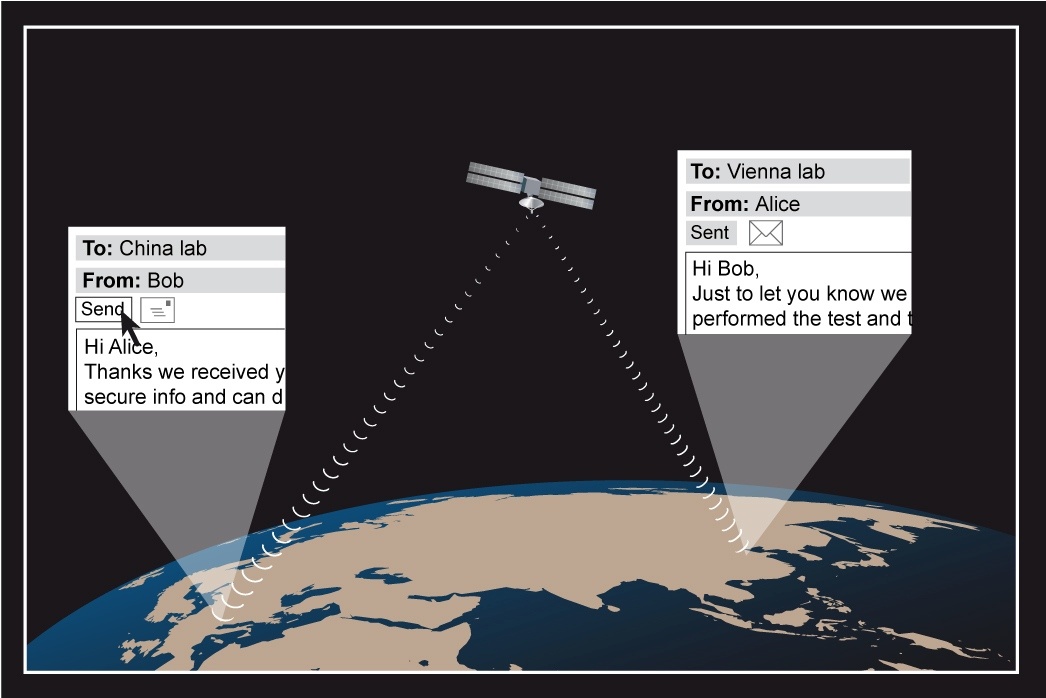
3. This is a big step from science to technology.
The purpose of the Mozi number is to verify the effectiveness of quantum mechanics and to develop quantum communication and encryption techniques. For the first purpose, Vladan Vuletic, a professor of physics at the Massachusetts Institute of Technology, commented: "I don't expect satellite experiments to teach us any quantum mechanics that we don't know yet, and knowledge about the properties of quantum odds. However, The Quantum Science Experimental Satellite project has a very significant meaning, it will turn science into technology: if the experiment is successful, it will be possible to establish a stronger ground system and space system link than classical physics. Then, this link It can actually be used for secure information exchange. Therefore, Einstein's use of metaphors against quantum physics has finally become a communication tool, which will be a very exciting development."
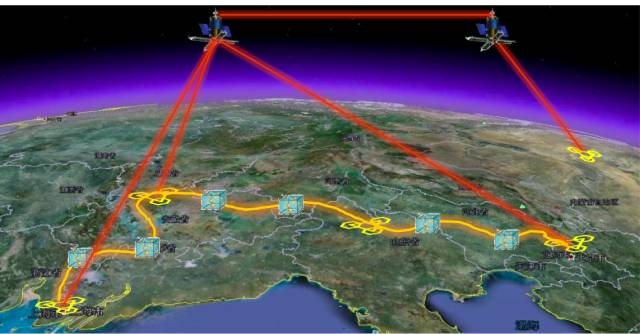
There is no end to this journey. Fortunately, we are at the forefront of the world.
4. How does the Mozi number go up? One of the tasks: studying quantum entanglement
The most mysterious thing in quantum mechanics is the superposition state, and "quantum entanglement" is a superposition of multi-particles. This may be the future of communication black technology, in order to ensure that it is not abandoned by the times, you better learn what is called quantum entanglement now -
Taking a double particle as an example, a particle A can be in a superposition state of a certain physical quantity, can be represented by one qubit, and the other particle B can also be in a superposition state. When two particles are entangled, a superposition of two particles, that is, an entangled state, is formed. For example, there is an entangled state, no matter how far apart the two particles are, as long as there is no external interference, when the A particle is in the 0 state, the B particle must be in the 1 state; conversely, when the A particle is in the 1 state, the B particle must be in 0 state.
If you use the Schrodinger cat as a metaphor, that is, if A and B cats form the above entangled state:


This quantum entanglement that affects both sides in an instant, has been ridiculed by Einstein as "spooky action at a distance."
Now, a series of ground experiments have proved that the "distant haunted ghosts" that were dismissed by the big men in the past really existed. So in the space field, is it also established? The Mozi number will be verified in this direction.
This will be a test of the completeness of quantum mechanics, which is our ambition.
The other task is more pragmatic, that is, inventing a set of communication methods that cannot be eavesdropped - using the characteristics of quantum:
5, quantum communication is not eavesdropping? Because eavesdropping will change the information itself
This question is a bit complicated, let's take a look at a comic, @squirrel Sheldon explains this:




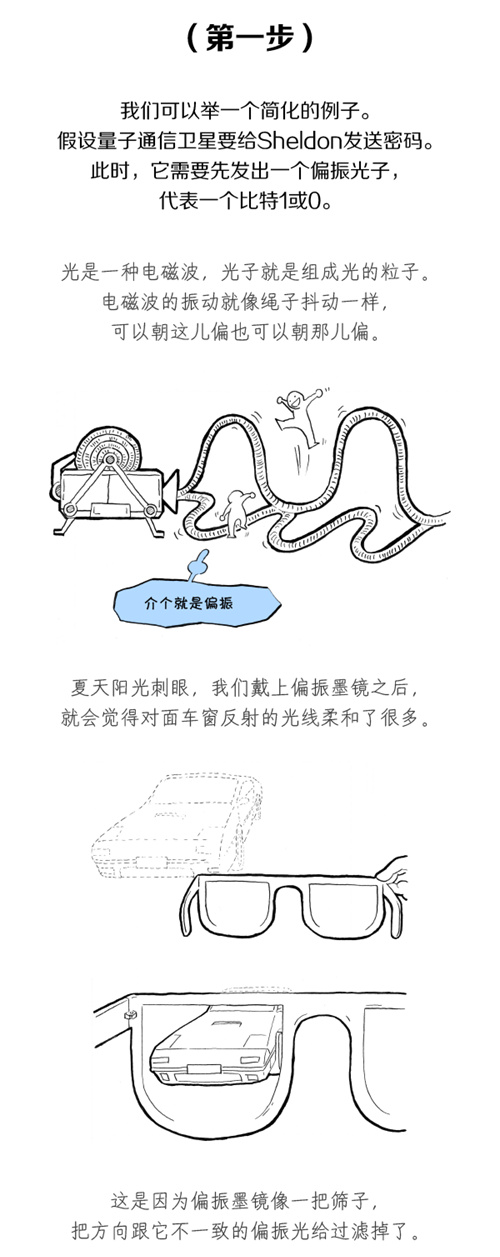


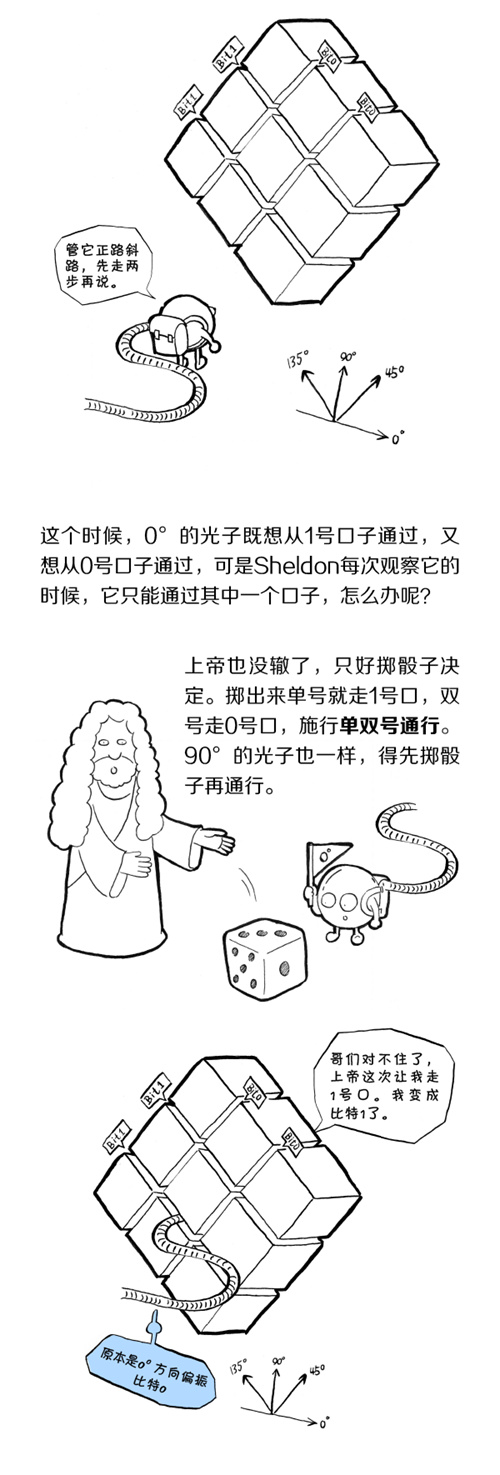
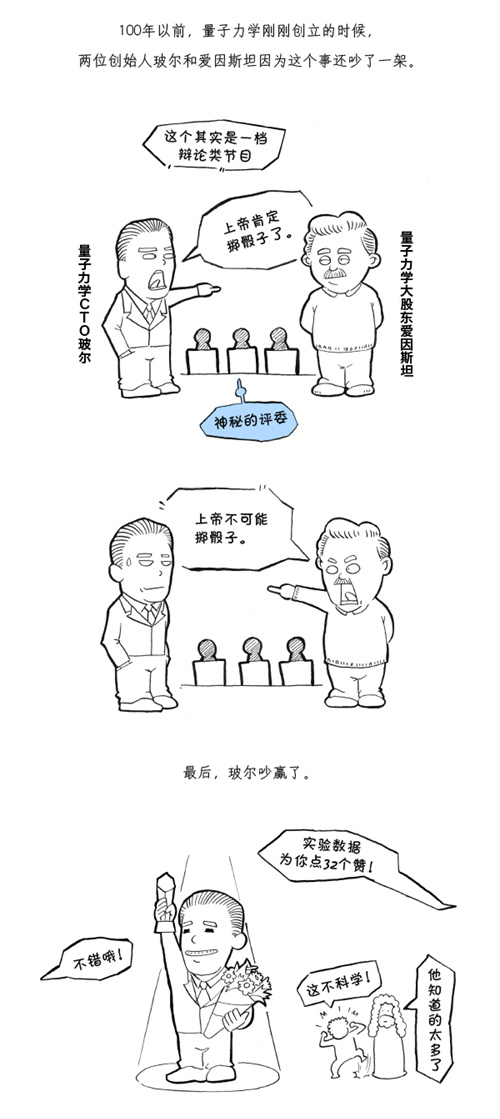



At present, waterproof roof coating and Bridge Deck Waterproofing mostly use a combination of polyurethane waterproof coating and waterproofing membrane. Although it can achieve a certain waterproof effect, there are still many problems.
UMS-AUPT polyurea elastomer waterproof coating replaces other traditional waterproof layer, not only solves the problem of poor adhesion between polyurethane waterproof coating and waterproofing membrane, lap joint between coils, sealing of waterproof coating and long construction period And technical problems such as environmental pollution caused by waterproof coatings during construction.
The Roof Waterproof Coating and bridge preservation waterproof. And UMS-AUPT brushed polyurea waterproof coating system can be used to complete the durable waterproofing easily and efficiently.
UMS-AUPT polyurea elastomer waterproof coating has excellent performance:
1. It has strong adhesion, can be attached to almost any substrate and is easy to apply. It can be used on different substrates such as concrete, metal, wood and plastic.
2. UMS-AUPT brushed polyurea elastomer jointless coating system for Waterproof Roof , the tensile strength is large, and the most chaotic parts such as roof margin, skylight and air conditioning well can also be used.
3. The construction speed is fast, the whole waterproof layer can be integrated into one body, completely preventing the immersion of harmful media, and greatly prolonging the service life of the concrete structure.
4. It has good weather resistance, excellent UV resistance, high process tolerance in outdoor low temperature environment, and can close concrete cracks up to 10 mm.
5. Good environmental adaptability, no VOS emission during construction, and solve technical problems such as environmental pollution during construction.
The two majestic constructions of Astana, the new capital of the Republic of Kazakhstan, are excellent, for example, including the largest mosque in Central Asia. This magnificent building can accommodate more than 5,000 people in the main hall, the dome is 40 meters high, and there are four minarets. Polyurea Roof Coating, which can taste the cold test of minus 50 °C.
A similar solution was chosen for the opening and closing of the Astana Stadium. The stadium covers an area of 10,000 square meters and can accommodate more than 30,000 spectators. The two special construction projects are intended to be a complete success, and it is abundantly proven that polyurea coatings can remain stable even under extreme climatic conditions, and this coating system will continue to open up new uses.
Roof Waterproof Coating,Waterproof Roof,Waterproof Roof Coating,Bridge Preservation,Bridge Deck Waterproofing,Polyurea Roof Coating
UMS New Materials Industry Co.,LTD , https://www.ums-factory.com